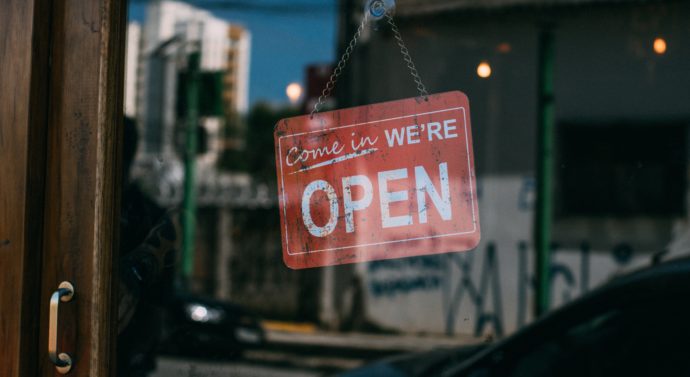
The Importance of Shopping Local
Editorial February 1, 2019, Comments Off 75The following is an editorial and does not necessarily reflect the thoughts or opinions of the Drury Mirror.
All my life, I’ve tried to shop local. I went to junior high and high school in a town of less than two thousand people; we had a Subway, a Dairy Queen, a Sonic, and four local businesses. One was a Mexican restaurant, another was a Chinese restaurant run by a family of Cambodian immigrants. The other two were both breakfast cafes.
Since I came to Springfield, only the Mexican restaurant, El Imperial, remains. One of the two cafes closed their doors my senior year, the other was forced to close after the owner was found guilty of tax fraud. The Chinese restaurant, Emperor’s Palace, is now a hair salon.
Benefits to the community
Honestly, this makes me sad. Small towns like mine, and even larger ones like Springfield, live off small businesses. According to a 2012 report by Civic Economics, small, independently-owned businesses return on average 48 percent of their total revenue to the community they reside in. Chains, on the other hand, only return an average of 13.6 percent back to the community. Online sales keep almost no money in the community.
Why is this? Well, a useful metaphor is to think of money in a community like blood in a body. For a body to be healthy, the blood needs to move freely through veins and arteries, much like money must move freely from consumer to business to maintain an economically healthy community. Small businesses often get their raw materials, such as produce and meat for a restaurant, from local sources.
Here in Springfield, these sources might be farmers near Rogersville or Clever. When you pay for your meal at a locally owned eatery, that money ends up buying next week’s supplies from farmers; your ticket ends up in the pocket of someone who lives in the area. That farmer then uses that money to either grow more produce, or maybe buy a dress from a local clothing retailer. Then that money goes on to… well, you get the picture.
The money flow of chains
Chains don’t need to rely on their neighbors. Chain restaurants get their supplies from multi-billion dollar providers. When you buy a meal at a chain restaurant or checkout at a chain retailer, that money doesn’t go to the farmer down the road. That money goes into the pocket of an out-of-state CEO. Most of the money flow that chains contribute to the communities which host them comes from the wages they pay workers. These wages are often lower than wages offered by small businesses, according to a 2017 report by the Wall Street Journal.
The economic impact reaches further. As small businesses falter, as they have in recent years, chains often swoop in to replace them. This results in property values rising, which can lead to gentrification and the displacement of low-income families. All too often, when people leave these areas they cannot afford, the chains then leave, abandoning storefronts with rents too high for anyone other than other major developers.
Other great reasons to shop local
But beyond just keeping your money in the area, there are so many more reasons to shop local. Because ingredients come from closer sources, local restaurants are often tastier and healthier than large chains. Buying clothes locally is often cheaper, as they are either used or manufactured locally rather than in foreign countries with lax child labor laws. Buying art, whether practical like handmade kitchenware or purely pretty like paintings or sculptures, keeps your community’s unique identity preserved while giving artists money that they can then spend at restaurants that… you get it.
I’ve always loved shopping local. The people you meet and the connections you make are easily worth the extra effort it might take to find your favorite indie shop. By keeping my money in my community, I’m keeping families in their homes, establishing a little bit more of my town’s culture, and ensuring that everyone from the farmers who grow the food to the cooks who prepare it live comfortably and safely.
Article by Forest Swisher.